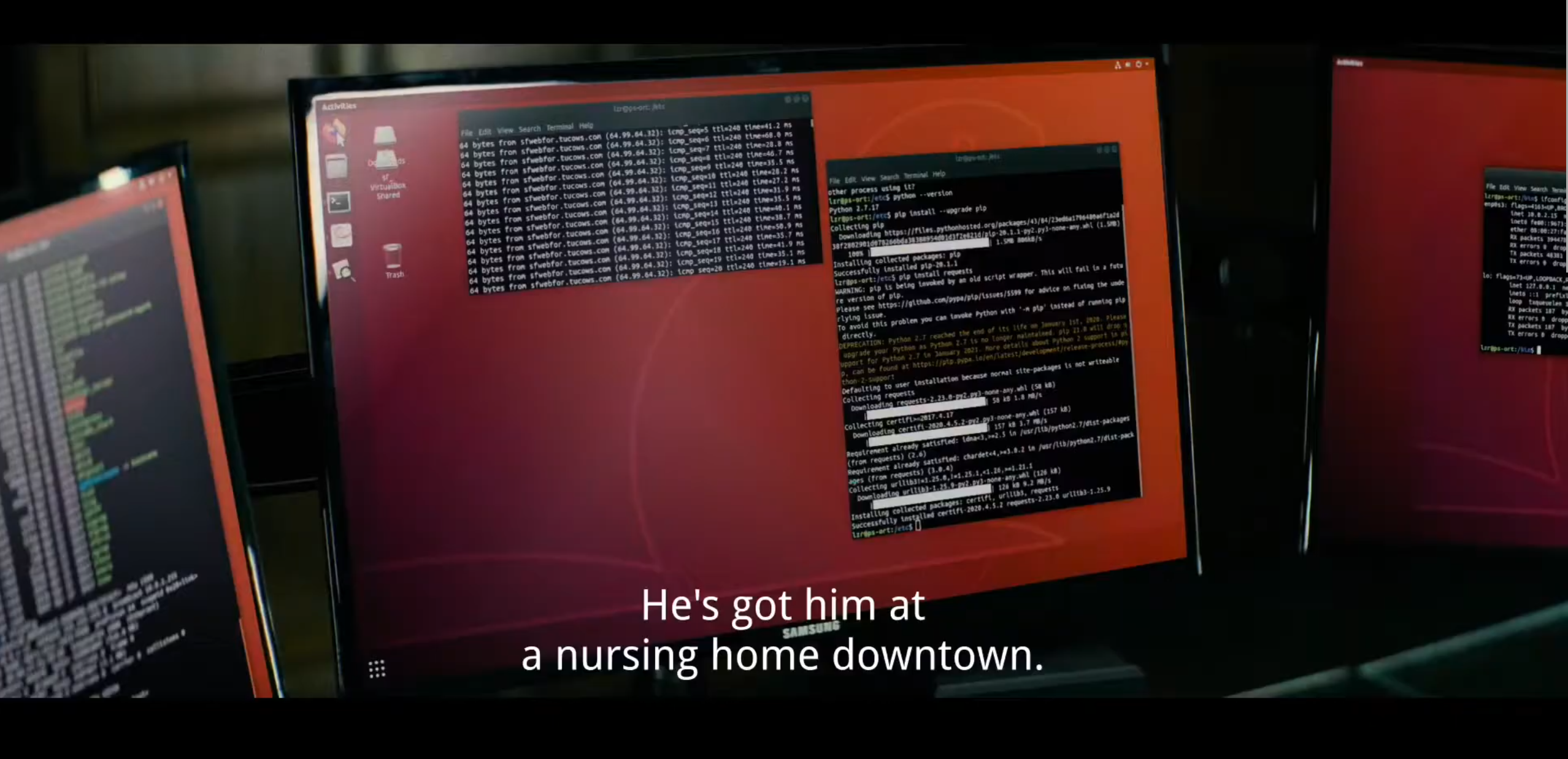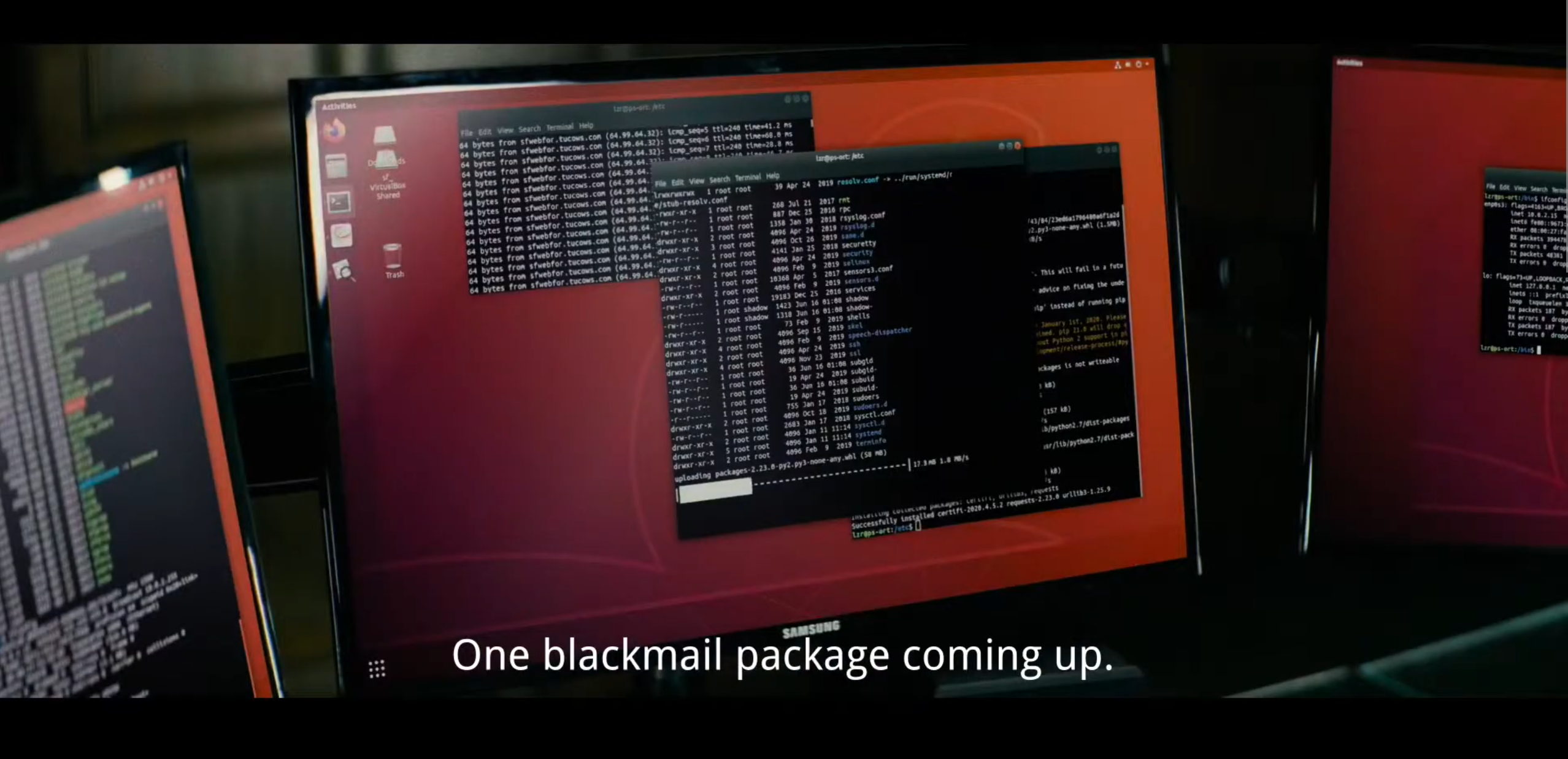- 15 Posts
- 35 Comments

 2·7 months ago
2·7 months agoMinor update on this: I ended up returning the Samsung G80SD since it was being a finicky piece of shit in other ways and got an HP Omen Transcend 32 instead (I know, HP sucks, but I have nothing but good things to say about my HP Omen 27i so I took the chance). Same exact 3rd gen QD-OLED panel but this time it just works™. 240hz, VRR, all good out of the box.
So my point about the monitor is kind of moot, the G80SD just sucks, Linux is fine.

 1·7 months ago
1·7 months agoGigabyte X870 Aorus Elite Wifi7
I tend to avoid Gigabyte, but the only stock of 9800X3Ds available was in motherboard bundles on Newegg, so I ended up with it lol
I also noticed that Bluetooth still isn’t working, so I am still waiting for 100% compatibility.

 2·7 months ago
2·7 months agoI game on Linux lol
is it even noticeable beyond 100hz when not gaming
Actually yes, honestly it’s most noticeable when moving your mouse or dragging windows around. It’s insanely smooth.

 3·7 months ago
3·7 months agoMy old monitor was 165hz and I didn’t expect the jump to be noticeable, but it actually was. It’s definitely well beyond the point of diminishing returns (120 is fine imo), but it’s still a nice upgrade.

 31·7 months ago
31·7 months agoFor sure, if I was in the market for a laptop, System76, Tuxedo, and (while not exclusively Linux) Framework would be at the top of my list
For general PC hardware though, I’ve always been late to the party. I upgraded to Ryzen 3000 right before 5000 was coming out, so hardware support was already perfect on Linux. That’s basically been my upgrade strategy for the past 10 years, so I’ve personally never really encountered these teething problems before now.
adding in support for end user hardware is an accident and requires extra effort on hardware makers’ part who don’t always rise to the challenge when they don’t believe it’s profitable enough for the effort; in which case, volunteers have to step in to fill the gap.
That’s really the crux of the problem. How can we make companies care and/or better support volunteers to get patches out sooner.
I yearn for Fedora
When CPUs were a lot slower you could genuinely get noticeable performance improvements by compiling packages yourself, but nowadays the overhead from running pre-compiled binaries is negligible.
Hell, even Gentoo optionally offers binary packages now.
That’s easy, just pick btrfs, gnome, pipewire, systemd, gdm, grub, and add flatpak in your additional packages.
Every other configuration is wrong.
/s
Now imagine the same meme but with Gentoo and LFS

 3·8 months ago
3·8 months agoFedora/dnf makes installing additional desktops super easy, also with no risk to data. To hijack your comment a bit:
To install Plasma:
sudo dnf install @kde-desktopLogout and log into the Plasma session to use it.
To rollback, get the transaction ID of the above:
dnf history listAnd then rollback:
sudo dnf history rollback <ID>If Gnome’s fonts/icons don’t revert, install and open gnome-tweaks and reset settings.

 12·8 months ago
12·8 months agoYeah if you’re looking for a traditional/Windows-like metaphor, you’re WAY better off with Plasma than trying to wrestle Gnome into that shape.

 3·8 months ago
3·8 months agoDefinitely worth a try, especially if it’s been a few years since you’ve last played with it.

 7·8 months ago
7·8 months agoI’m amazed by the level of polish overall, I’ve encountered very little jankiness that used to be super common with Plasma when I last tried it. Plasma feels like a really mature desktop now, which is awesome. I’m running Plasma 6.2 at the moment, and I think 6.3 is right around the corner as well.
My problems so far are more subjective. Gnome may be a very opinionated desktop, but I happen to agree with most of its opinions. Gnome’s workspaces feature is miles better than Plasma’s virtual desktops, which feel tacked on in comparison. I’m still trying to tinker with this to make it work for me, but honestly this seems like the thing that will push me back to Gnome if I don’t find a workflow I like.
KDE obviously has more features overall though, HDR support happens to be the one that I’m interested in at the moment since I’ve been toying with the idea of buying a new monitor.

 50·8 months ago
50·8 months agoIronically most of my customization so far has been to make it more like Gnome lmao
Still trying to figure out how to make workspaces/virtual desktops more…usable.
Overall though it’s amazing how solid Plasma is now, it sure as hell isn’t the buggy mess it used to be in the earlier Plasma 5 days.

 2·8 months ago
2·8 months agoMostly games that don’t fit into an existing category that I don’t feel like creating a dedicated category for. Like I could create a stealth category for Thief and Hitman, but it would only contain those two games. Then there’s games like Transistor, Cloudpunk, Spiritfarer, etc where I just don’t know how I could even categorize them.
Ubuntu in Nobody (slightly nsfw), great movie too.
It checks all the boxes. Pinging some random IP, checking their python version, installing pip updates, the output of
ls -l /etc, all in a virtualbox VM. Clearly a professional hacker. /s


 4·8 months ago
4·8 months agoI mean, if you’ve already paid for the games in the past, and you’re going totally DRM free anyway… I feel like you’re morally all good to go sailing.

 2·8 months ago
2·8 months agoI avoid early access in general, so I’ve only ended up with a handful from game bundles.





The single player mode was decent. I like the career structure, it’s something unique compared to most other racing games’ checklists of events.
Driving physics were a minor improvement over Heat, which was already solid on that front (especially compared to the train wrecks of NFS '15 and Payback).
Contrary to most NFS fans, I wish they leaned more into the cartoon/anime aesthetic, something closer to Auto Modellista. I’m guessing EA didn’t want to risk it though, so Unbound’s aesthetic feels a little half-assed as a result.
Car customization is great as expected, Ghost nailed this in NFS '15 and basically copy/pasted the same system into everything since, which I’m fine with.
The multiplayer is live service garbage and I’m very disappointed that all post-launch updates have ignored the single player mode entirely… Or maybe I should be happy that they didn’t incorporate live service garbage into the single player…
Overall, 7.5/10 if you ignore the multiplayer. It’s Ghost’s best game.